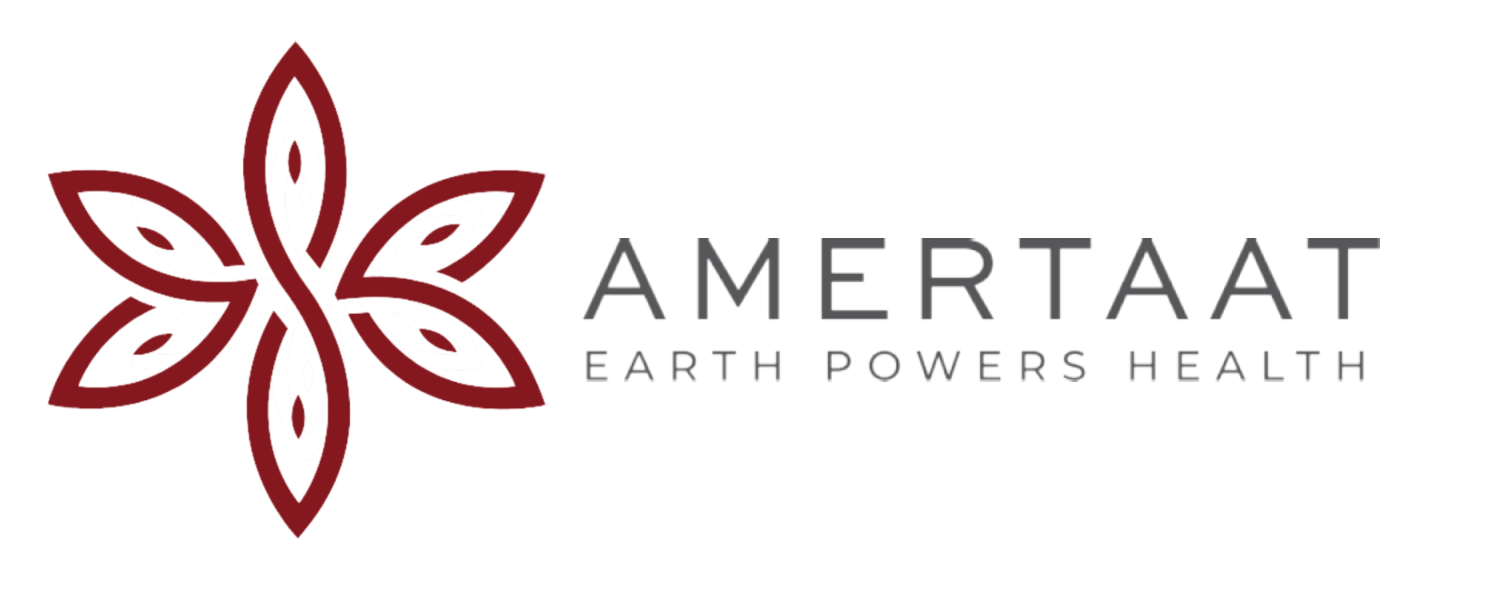Abstract Summary
This review article focuses on the antioxidant properties of saffron (Crocus sativus L.), a highly valued medicinal and food product known for its coloring and flavoring capabilities. The review highlights saffron’s bioactive compounds, including phenolic and flavonoid compounds, crocins, picrocrocin, and safranal, which contribute to its health-promoting properties. The synergistic effect of these compounds provides significant antioxidant activity, comparable to vegetables rich in carotenoids. The paper aims to provide an updated overview of saffron’s antioxidant activity in relation to its bioactive components, with potential applications in food, medicine, and cosmetic industries.
Key Points
- Antioxidant Mechanisms: Saffron’s antioxidant properties are primarily attributed to its crocins, picrocrocin, and safranal contents. These compounds exhibit health-promoting effects by combating oxidative stress, which is implicated in various neurodegenerative disorders, cardiovascular diseases, cancer, and diabetes.
- Saffron Chemistry: The stigmas of the saffron flower contain over 150 volatile and non-volatile compounds, with crocins being the most studied for their antioxidant activity. Crocins are water-soluble carotenoids that quench free radicals and protect cells against oxidation.
- Extraction Methods: Various extraction methods, including aqueous and alcoholic (methanol, ethanol) extractions, have been studied to isolate saffron’s bioactive compounds. The solvent polarity significantly affects the extraction efficiency and antioxidant activity of the obtained extracts.
- Health Implications: The review underscores saffron’s potential in preventing and treating diseases through dietary supplementation, highlighting its role in reducing lipid peroxidation, enhancing antioxidant status, and potentially treating neurodegenerative damage induced by oxidative stress.
Conclusion (quoted verbatim)
Saffron is a useful medicine plant with a very low toxicity and shows the beneficial effect in many diseases. It acts as a multi potential drug and effects on various systems simultaneously. Natural antioxidants are more ideal as food additives, not only for their free radical scavenging properties, but also on the belief that natural products are healthier and safer than synthetic ones.
Saffron extracts and its biological active compounds including crocin, crocetin, carotene and safranal have been shown both in vivo and in vitro antioxidant property. Many studies showed the Pharmacological and biological effects of saffron especially its alcoholic extracts due to its antioxidant activity. However, the synergistic effect of all the bioactive components gave saffron a significant antioxidant activity the same as vegetables rich in carotenoids. According to the results, it can be concluded that there are various causes for antioxidant activity of saffron including glucose sugars attached to crocetin, polyphenolic compounds and the presence of more double bonds. This increases its therapeutic importance and calls for more studies especially as a promising chemotherapeutic agent in cancer treatment in the future. This finding above makes the spice an excellent candidate for being a functional food.
Authors:
Somayeh Rahaiee, Sohrab Moini, Maryam Hashemi, and Seyed Abbas Shojaosadat
Published:
Journal of Food Science and Technology, April 2015








